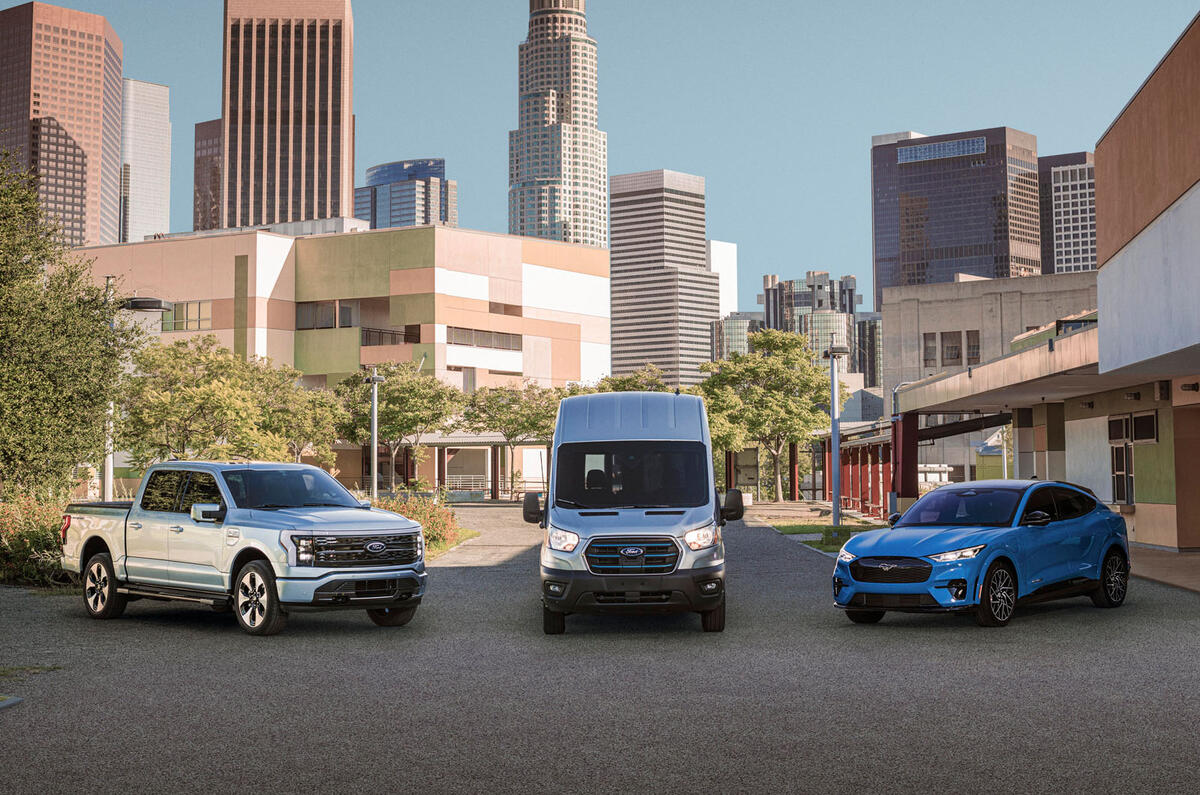The canary in the coal mine was struggling EV start-up Arrival, which said in October it was shifting its production focus from the UK to the US to take advantage of the country’s generous new subsidy package.
Arrival’s statement was blunt. “The major factors in the company’s decision to shift focus to developing its US business included the tax credit recently announced as part of the Inflation Reduction Act – expected to offer between $7,500 (£6300) to $40,000 (£33,000) for commercial vehicles.”
The cash-starved start-up might very well have to shut its doors before taking advantage of those subsidies but the fact that it was willing to up sticks when it was so close to starting UK production shows what a profound effect the US's subsidy programme is having.
The Inflation Reduction Act (IRA) was signed into law in August as a blockbuster $369 billion (£307.6bn) subsidy package focusing on low-carbon technologies, including electric cars, but crucially only available to those who build on US soil.
Countries across the globe have a long history of protecting their own industry by granting favours not available to those building outside its borders. However, in recent years, globalism has been the engine of growth as world’s biggest car markets lowered barriers, leading to more vehicles being shipped across the world.
Consumers have benefited accordingly. The advantage of lowering tariffs and other non-tariff barriers to foreign cars is that it forces your own industry to raise its game and become globally competitive. The disadvantage is that it might allow foreign players to grab sizeable market share by outcompeting in a key area such as quality (as seen on the first Japanese vehicle imports). The danger there is that your own industry might slide into irrelevance before it can react; witness the UK motorbike industry in the 1970s.










Add your comment